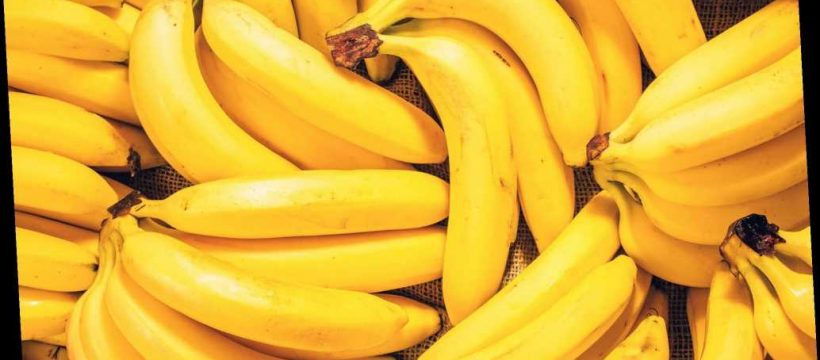This is bananas.
The world’s favorite fruit is fighting its own pandemic: a fungus called Tropical Race 4 (TR4), or Panama Disease, that attacks the plant’s vascular system.
Scientists around the globe are racing to stop the spread of TR4, which surfaced 30 years ago but is now ravaging banana fields in more than 20 countries in Asia, the Middle East, Africa and Latin America, where tons of bananas are shipped to the US.
Their solutions include creating a genetically modified variety as well as a vaccine, the BBC reported.
Right now, all that can be done is to quarantine the infected farms and enforce biosecurity measures such as disinfecting boots and preventing the movement of plants between growers — the banana equivalent of hand washing and social distancing.
Seventy years ago, TR4 decimated the crops in Asia and Central America in what plant expert Fernando García-Bastidas calls “one of the worst botanical epidemics in history.
“The fungus was so devastating, García-Bastidas said, because the bananas were all the same variety — the Gros Michel or “Big Mike.”
Researchers developed another variety, the Cavendish, that TR4 is now attacking, too. Now, they’re back in their labs — scrambling.
At his lab in the Netherlands, García-Bastidas is using the latest techniques in DNA sequencing to identify genes resistant to TR4 and breed bananas that may be able to withstand the disease, as well as being commercially viable.
“We have hundreds of varieties of apples,” he points out. “Why not start offering different varieties of bananas?”
But a British expert thinks the best way for the banana industry to survive TR4 is to change how the fruit is farmed.
Dan Bebber, who has spent three years studying the supply system as part of a UK government-funded project BananEx, wants banana farmers to grow their crop in organic soil, which is rich in microbes that fight TR4, and plant seasonal crops between rows to increase shelter and fertility.
The changes would increase the cost of bananas but make the crop more sustainable in the long run, he said.
“For years we have failed to take into account the social and environmental cost of bananas,” he said. “It is time to start paying a fair price, not only for the workers and the environment, but the health of the bananas themselves.”
Share this article:
Source: Read Full Article
